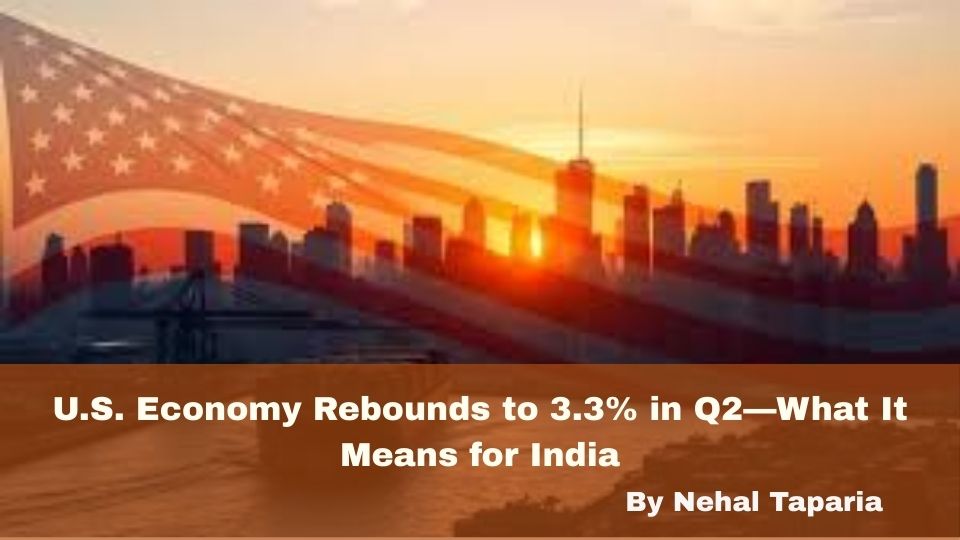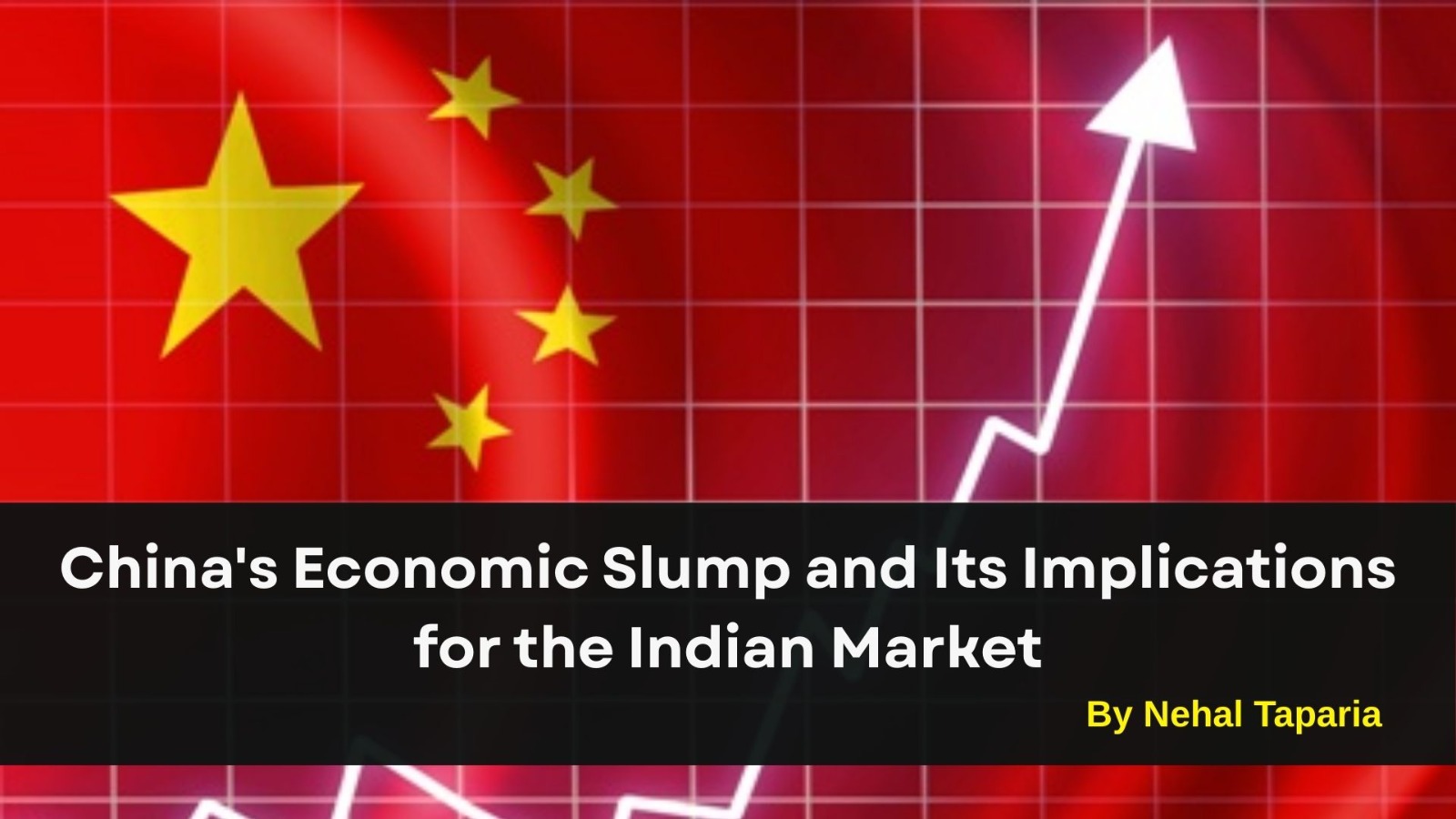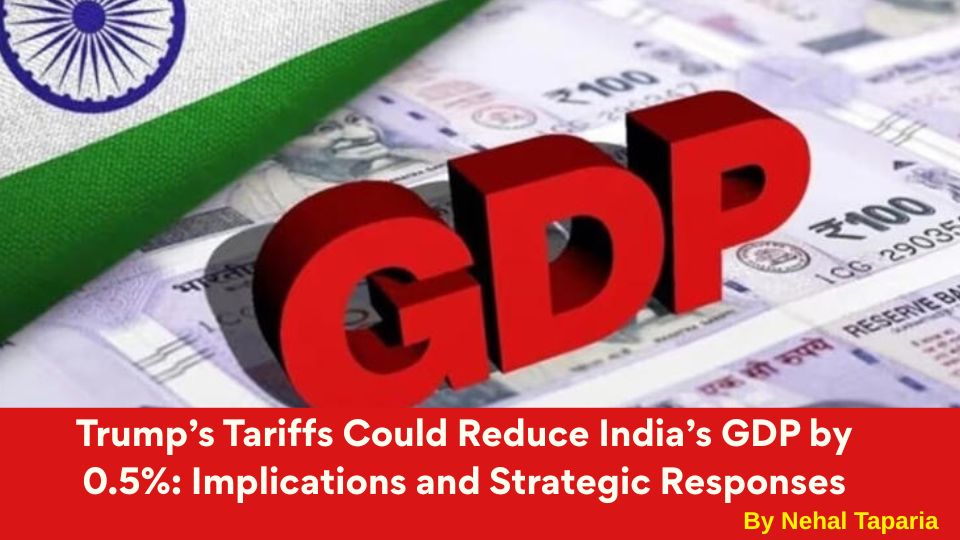U.S. Economy Rebounds to 3.3% in Q2—What It Means for India

U.S. Economy Rebounds to 3.3% in Q2—What It Means for India
The U.S. economy bounced back robustly in Q2 2025, growing at a revised 3.3% annualized rate, up from the initial estimate of 3% and a sharp contrast to the –0.5% contraction in Q1. This rebound was driven by increased business investment—particularly in AI and intellectual property—stronger consumer spending, and a dramatic fall in imports, which added over 5 percentage points to GDP.
Why This Matters for Indian Markets
Global Sentiment Boost
A stronger U.S. economy tends to buoy global markets through improved investor confidence and increased demand for commodities and exports.
Currency & Capital Flows
With growth momentum and potential Fed easing implied, flows toward emerging markets like India could improve, bolstering the rupee.
Export Dynamics
Growth-driven demand in the U.S. may help absorb Indian exports, especially if tariffs ease or trade negotiations progress.
Tech & AI Co-Dependence
With American enterprises doubling down on AI, sectors in India aligned with tech and software may see renewed investor interest and collaboration.
Interest Rate Outlook
The Fed could remain accommodative if growth fails to sustain post-Q2 rebound, potentially helping India maintain favorable capital flow conditions and interest rate stability.
Final Take
The U.S. economy’s 3.3% Q2 rebound presents a cautiously optimistic backdrop for India—offering opportunities in exports, IT, and investor sentiment. But the market should watch closely for sustainability, Fed actions, and evolving trade dynamics before declaring a solid turnaround.
By Nehal Taparia
This content is for educational and knowledge purposes only and should not be considered as investment or Trading advice. Please consult a certified financial advisor before making any investment or Trading decisions.
Our Recent FAQS
Frequently Asked Question &
Answers Here
Q1. How did the U.S. economy grow 3.3% in Q2?
A stronger GDP outcome resulted from: a steep drop in imports (after front-loading in Q1), upgraded consumer spending, and higher business investment, especially in AI and IP-related infrastructure.
Q2. Is this rebound sustainable?
Q3. What's the Fed’s likely reaction?
Q4. How does this affect the Indian rupee and markets?
Q5. Any sectoral impact to watch?
Copyright © By Empirical F&M Academy. Design & Developed by Techno Duniya

.jpeg)
.jpeg)
.jpeg)

.jpeg)




